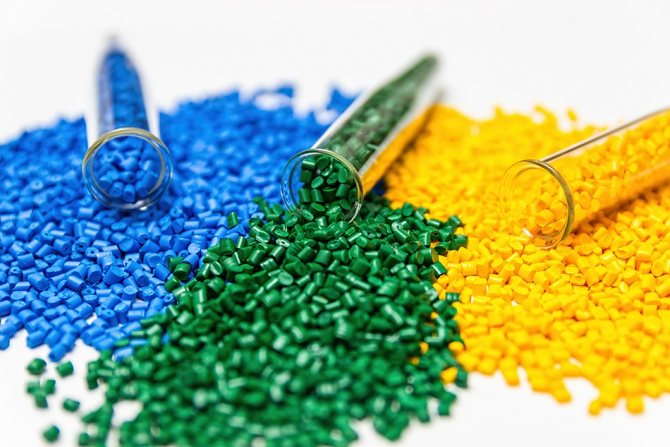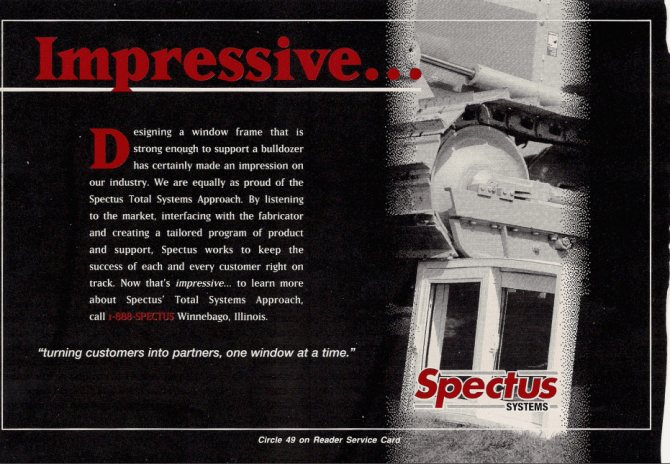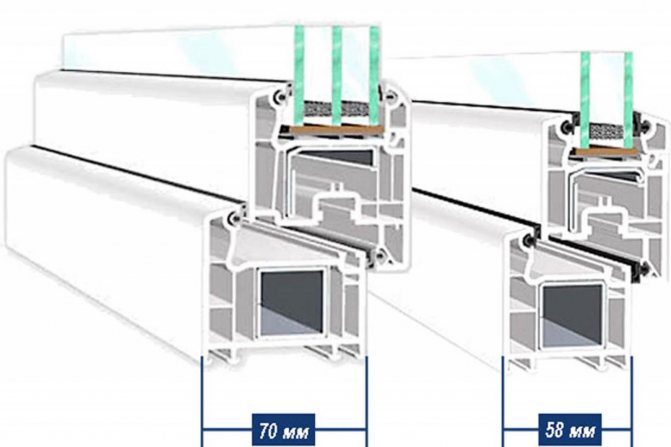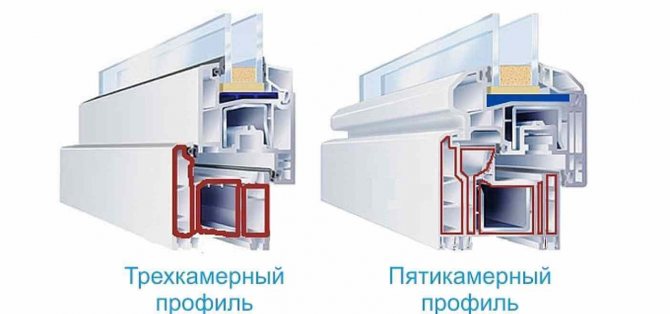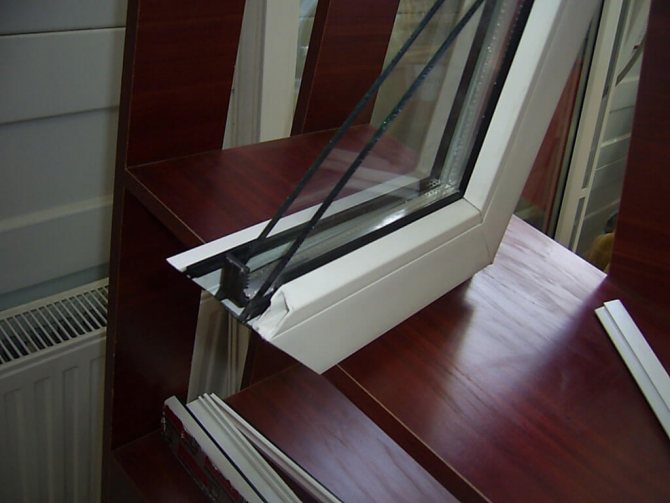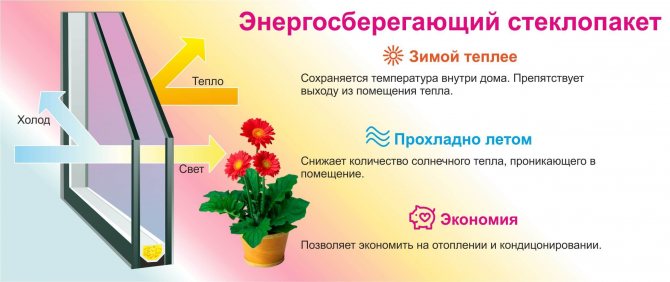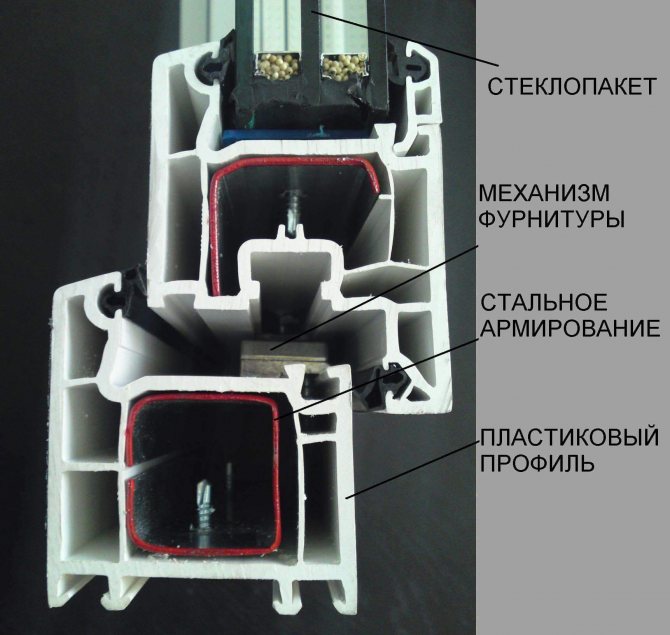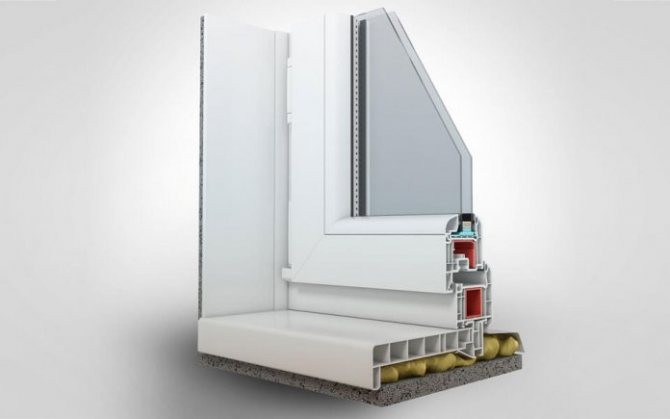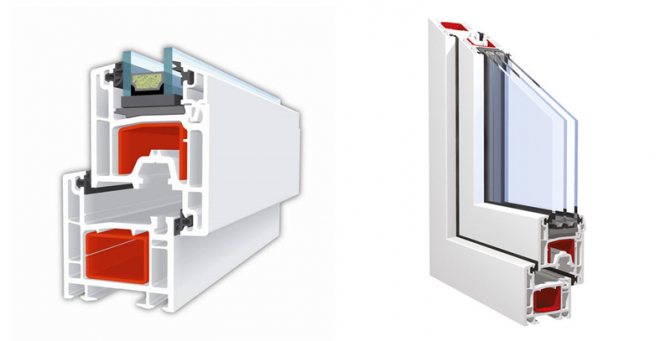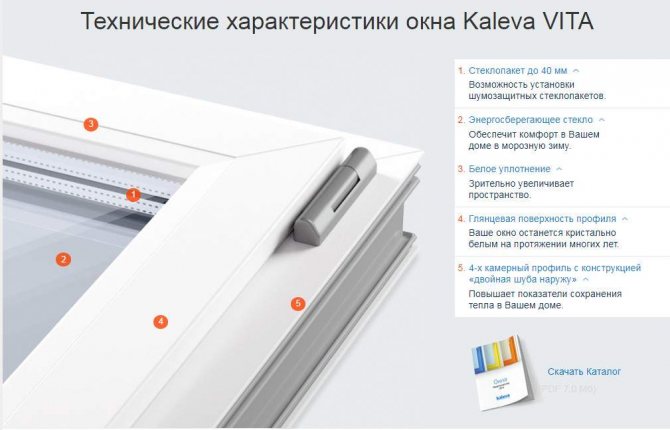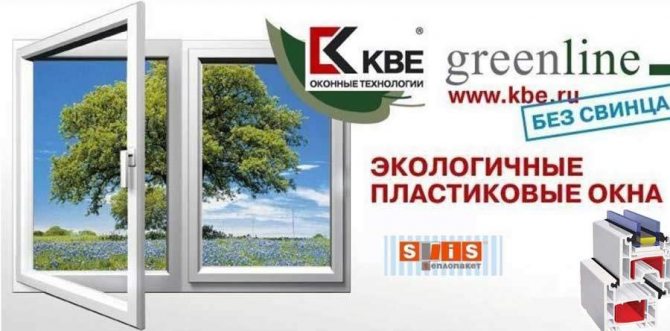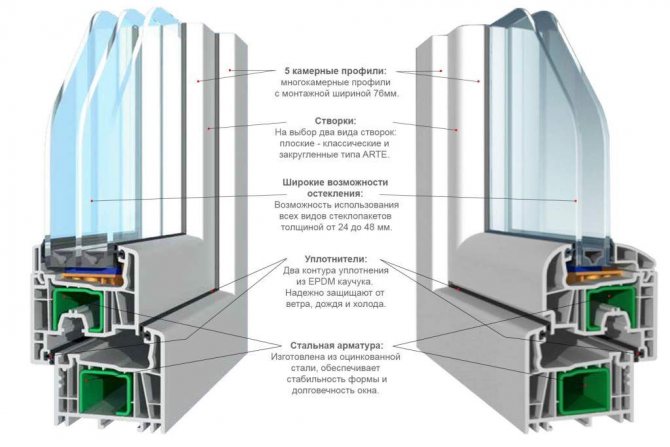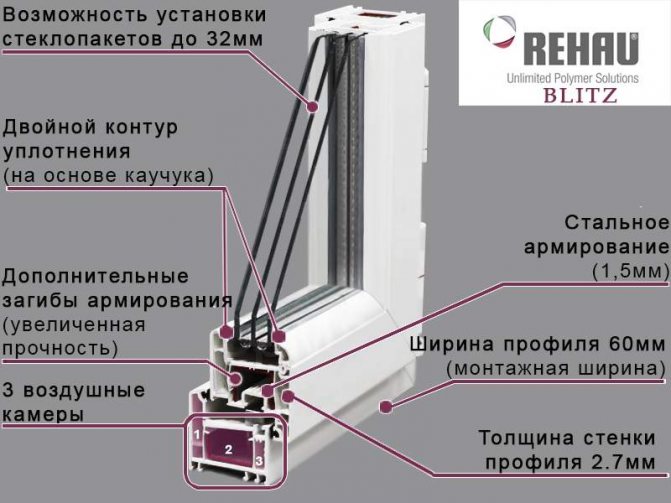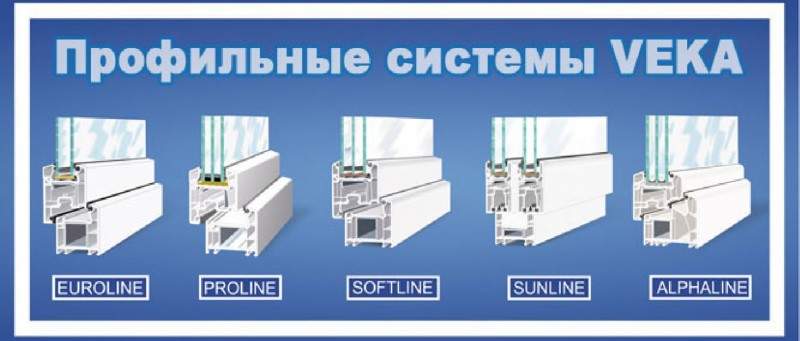Each era has its own iconic symbols and differences. If we are talking about photography, then we understand that we are talking about the middle or the end of the 19th century, and if we have an Iphone in front of us, then it is obvious that this gadget was released no more than 10-15 years ago. So when we mention the 90s, a certain associative array pops up in our head. For example - the first McDonald’s in Russia, Tetris and ... the appearance of plastic windows. We would like to dwell on the latter in more detail and tell who was the pioneer in the field of plastic windows in Russia and how production technologies have changed since that time.
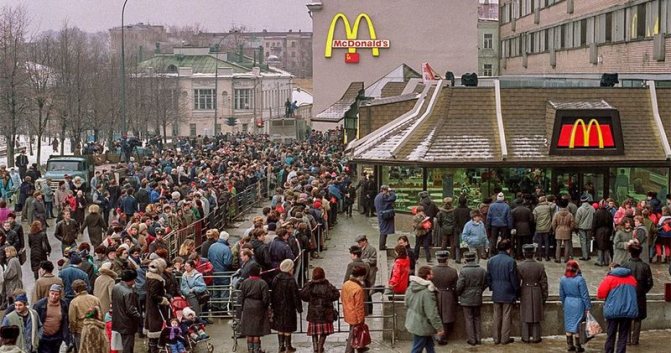
Photo: the first McDonald’s in Russia caused an insane stir
It's hard to believe, but PVC windows so familiar to our eyes, which are installed in almost every house in our country, were once a great luxury that only wealthy people could buy. Yes, we are talking about those famous 90s. And even more surprising is the fact that about 50 years ago no one in Russia heard about such an invention as plastic windows. Where did they come from?
How chemists "reinvented the wheel"
The story of the discovery of polyvinyl chloride, better known by its abbreviated name PVC, is a vivid example of a series of misunderstandings. It was received several times and, at the same time, not being able to use the material, it was successfully forgotten. In the process of studying PVC by valiant researchers, several significant eras can be distinguished:
- The first of them is associated with the name of the famous French scientist Henri Victor Regnault, whose popularity was brought not by the discovery of polyvinyl chloride, but by the publication of the textbook "An initial course in chemistry". But it was this man who was destined to meet for the first time face to face with a chemical compound of PVC. Studying chemical compounds, in 1835 he first obtained vinyl chloride, and later, in 1838, while investigating the interaction of acyylene with hydrochloric acid, he discovered a new compound. He watched with pleasure the white particles of PVC, but could not find any practical use for them. The discovery was shelved and successfully forgotten.
- Then Germany entered the historical arena. In 1912, the German chemist Fritz Klatte, following the reaction of acyylene and hydrogen chloride, received the same mysterious white substance, patented it, but also failed to understand how PVC could be useful. Clatte did not even know about the works of Regno. In 1925, the patent expired.
- Literally a year later, in America, researcher Waldo Silon again conducted the experiment, isolated polyvinyl chloride and described it again, naturally, without asking if anyone had done it before him. True, this chemist turned out to be more successful than his colleagues, he immediately suggested making bath curtains from PVC. So this connection finally found its first practical application.
Today PVC is used everywhere, it is impossible to imagine modern life without this material. It is popular primarily due to its following properties:
- wear resistance;
- mechanical strength;
- insensitivity to temperature changes;
- corrosion resistance;
- rigidity
- small mass.
Currently, PVC is used as a material for the production of a variety of consumer goods, and is widely in demand in construction and medicine.
PVC - what is it?
Polyvinyl chloride was invented by the French scientist Regnald back in the nineteenth century. Undoubtedly, the original formula was far from ideal, until today it has gradually improved, as well as technologies that are not standing still.As a result, since 1931, plastic products have reliably taken their place on conveyor belts. PVC began to be popular in the construction industry - in most cases it is used in the manufacture of doors / windows.


Products and services of the Window Factory
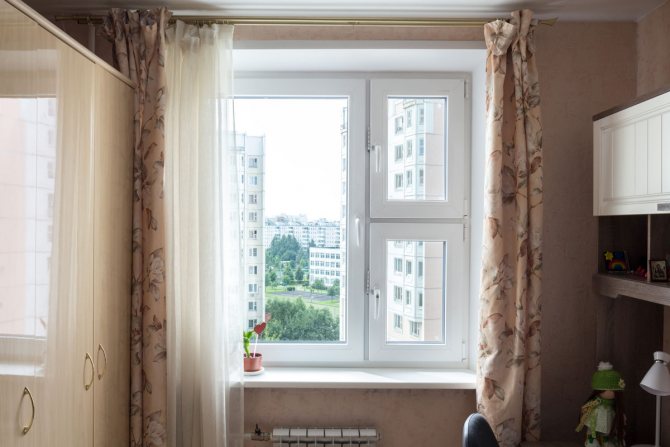

Plastic windows
The newest plastic windows effectively reflect heat and retain heat in the house. Provide fresh air without dust, drafts and street noise.
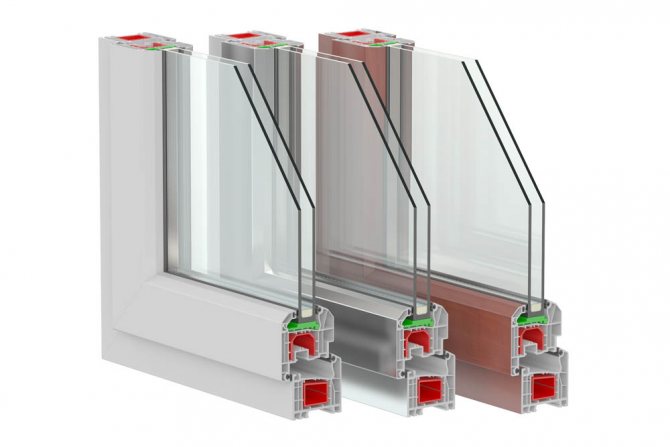

Double-glazed windows
Single-chamber and double-glazed windows will not let the cold inside the room, keep the heat and allow you to create coziness in the house.
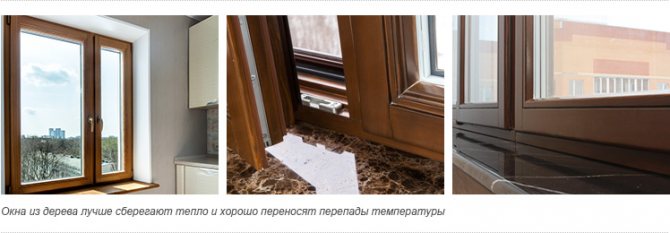

Euro windows
High-quality and windproof euro-windows require minimal maintenance, are distinguished by their durability, excellent sound insulation and thermal insulation.


Energy saving / thermal insulating glass unit
Universal window with energy-saving coating and external Double Silver coating. It has high light transmittance, thermal insulation and protects the room from ultraviolet radiation and heat.


Smart windows
Smart windows are an original solution for modern design. Thanks to smart technology, ways to change their light transmission and transparency.
Why did Americans not like PVC windows?
Everything is pretty simple here. The first plastic constructions had a defect, which manifested itself only with constant use. The loads created at first glance by an ideal design solution tended to be distributed over plastic, which is rather fragile in its characteristics. Due to this incorrect approach of inventors to ensure long-term operation, the age of such products was extremely short.
As time went. Science did not stand still. Engineers designed a new type of plastic windows - now they already included a reinforced steel profile, which completely eliminated the previous shortcomings of the window structure. With such a discovery, the use of PVC material in construction has received a new impetus.
From PVC opening to plastic windows
The history of plastic windows is full of twists and turns. The first copies appeared in the 40s. XX century, but their march around the world at that time cannot be called triumphant. The launch of the production of plastic windows turned out to be a complete failure, the design turned out to be imperfect, the engineering calculations were also not entirely correct, and as a result, the strength of the windows did not meet expectations. A whole campaign was launched in the press to criticize the unsuccessful invention, the manufacturers quickly decided to abandon the project, and the plastic windows only had to wait for their next high point.
The second attempt to introduce PVC windows is associated with the name of the engineer Heinz Pasche. The inventor has designed a new type of plastic window, however, very far from the current version - a steel frame framed by semi-soft plastic.
In 1960, the technology of Pasha was adopted by the company REHAU. At the same time, a solid PVC window profile appeared. The company carried out a successful advertising campaign - some residents were replaced by old wooden windows with plastic ones absolutely free. So gradually Germany, and then the whole Western world, was accustomed to the idea that plastic windows are beautiful, fashionable and profitable. The innovation reached the expanses of the former USSR only at the end of the twentieth century and immediately gained tangible popularity, the production of plastic windows gradually became an increasingly profitable business here.
The technology for the production of plastic windows has also gradually changed. So, in the 1960s. began to use titanium oxide, stabilizers, which made it possible to increase the service life of products up to 40 years. Toxic substances disappeared from the windows: the lead used for bleaching the plastic was replaced with zinc and calcium.
First success
Thermal Industries took into account and corrected all the shortcomings, and soon the first large sales began.“The first success really encouraged me and gave me an incentive for further development,” Weiss shared his impressions. “In 1966, we sold windows with one glass and a window frame one inch thick. There was no balancing in these designs, and everything was rather primitive, but despite this, we sold 30 thousand copies. "
But gradually the demand for more complex, convenient and technologically advanced designs begins to grow on the market. Especially in 1973, during the Oil Crisis, there was a serious problem with resource consumption and energy conservation. It was thanks to this event that a breakthrough occurred in the world of plastic windows. The entrepreneurial Paul Mancuso held a major exhibition of PVC windows in New Jersey, where all the heat-saving properties were demonstrated. This had a colossal public response. In addition, the cost of plastic was significantly lower than aluminum, and in the 70s. a huge number of aluminum window companies were closed.


An advertisement for the Fiberlux window company founded by Paul Mancuso.
Major manufacturers of PVC windows
The leader in the production of windows is the German company REHAU, it was PVC windows that allowed it to become a powerful manufacturing concern. In the future, the company expanded its scope of activity: today it is one of the main suppliers of polymer materials in the automotive, transport and industrial sectors.
Few people know that Salamander windows and shoes of the same name are produced by one company. She started as a shoemaker, then gradually expanded. In 1973. the company entered the market as a developer of PVC profiles. In 2001, it merged the Bruegmann company, and in 2008 acquired the Belbauplast enterprise in Belarus and became one of the main players in the PVC window market.
Also a well-known window manufacturer is KBE, originally founded in 1980, initially operating in the markets of Germany, France, Italy and Great Britain, and since 1993 began to conduct a powerful offensive policy, spreading to the markets of Poland and the former USSR countries.
How a new type of plastic windows appeared
Time does not stand still. Of course, since the 90s, both the design of the profiles itself and the technology by which they are made have been improved. In addition, windows have ceased to be a luxury item and have become an everyday product.
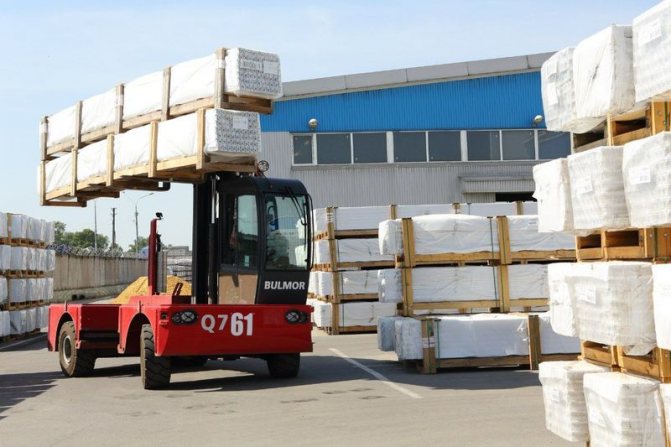

Photo: Voskresensky KBE plant, the largest in Russia
Today the offer on the market includes systems for every taste and color - from narrow three-chamber 58 mm to profiles with seven chambers and an assembly width of 88 mm. This means that wherever you live - in Siberia or the Far East, in the Crimea or Moscow - you can easily choose the best option based on your individual preferences and the climate of the region.
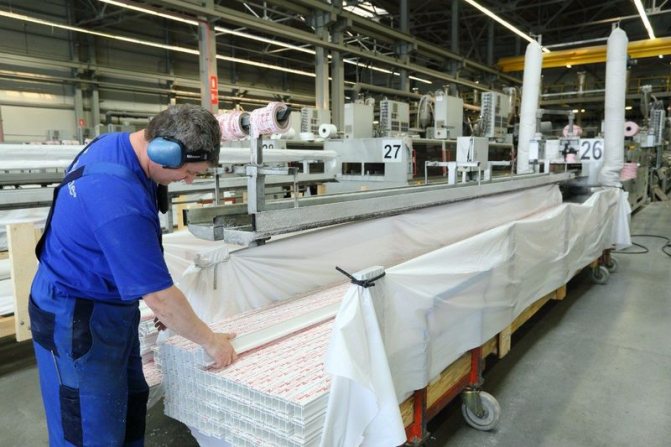

Photo: KBE production lines are equipped with modern equipment
In the field of technology, the German brand KBE has also become one of the market pioneers. Having become part of the profine concern, the brand was able to manufacture systems using the unique greenline technology: based on calcium-zinc stabilizers, without harmful lead in the composition. Thus, the first and only windows made of eco-friendly profiles appeared on the Russian market, the production of which passed voluntary certification and received the international eco-label “Leaf of Life”.
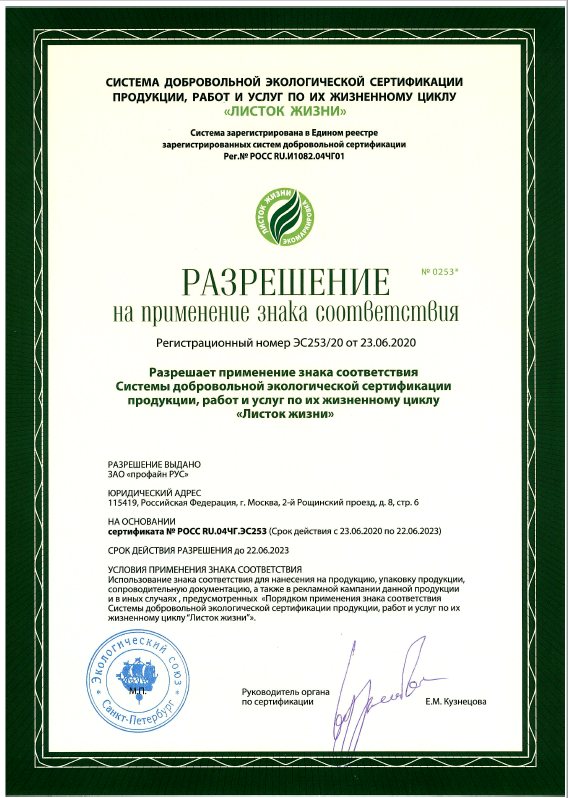

Photo: international eco-label - Leaf of Life
Industry development prospects
To date, the boom in the development of PVC windows has subsided. The reason for this, first of all, was the gradual saturation of the market. The first wave of glazing has passed, and the second, when replacement of low-quality or worn-out windows will take place, is still on its way. Today, manufacturers are focusing their efforts on finding innovations in plastic window production technologies that can improve the profile, as well as calculating possible energy-saving solutions that will help make any home even warmer and more comfortable in the future. According to UN forecasts, by 2050 mankind will need 2 times more energy than it is now, which means that the issue of energy conservation remains one of the most urgent.
European intervention
The American and European markets for plastic windows developed in parallel independently of each other.With an increase in the number of manufacturers in the United States in the 70-80s. European brands began to penetrate the market. “The Germans had strange sales tactics,” Weiss recalls. “In the US, most houses were very thin walls, and they were trying to sell their massive super-durable expensive windows ... and they would have had to build a new house for such windows. Therefore, it took them several years to adapt their products to our market. I had to take into account all the nuances and sell plastic windows cheap. "
Sigi Valentin, representative of the European company Komcraft, which was later sold to L.B.Plastics: “The windows did not correspond to the American market at all, they were very heavy and expensive. We didn't understand the Americans at all. In Europe, everything that is technologically advanced automatically becomes in demand, and the US market requires technological and practical solutions that will be affordable for most of the population. " Trocal, Rehau, Veka windows, and L.B. Plastics - all the company had to adapt.
In 1980, only about 600,000 PVC windows were sold in the United States, for several years this figure grew slowly, and by 1984 the window market belonged to 10% of plastic structures, and by the end of the decade the number of copies sold reached 6 million.
Development of the production of plastic windows
The profile of the first PVC products was on a metal base, treated with soft plastic on top.
Already in the 50s (or, more precisely, in 1954), Trocal introduced the first model of solid PVC for production. And after 20 years, it has developed into a super-strong profile with a special, patented high-viscosity structure. And in 1959, these products were installed in the first apartments, and in the USSR (and this is a fact!) Such windows were installed in the 1970s.
Due to the high cost of both the plastic windows themselves and their repair, these products slowly conquered the domestic market, but with the emergence of domestic enterprises for the production of plastic and windows, prices began to decline, and demand increased.
Historical background
Polyvinyl chloride - namely, in this way it is customary to decipher the well-known abbreviation PVC, was invented a long time ago - at the beginning of the 19th century in the United States and is considered the oldest synthetic material.
In fact, PVC is a type of well-known plastic with a high level of strength. However - and this is the most striking thing - such an invention did not become widespread and was not in demand. Therefore, such an innovation was not paid due attention.
The active use of plastic on an industrial scale and the creation of plastic products became possible only in the 20th century - and it was then that the first design for plastic windows was presented to the consumer.

